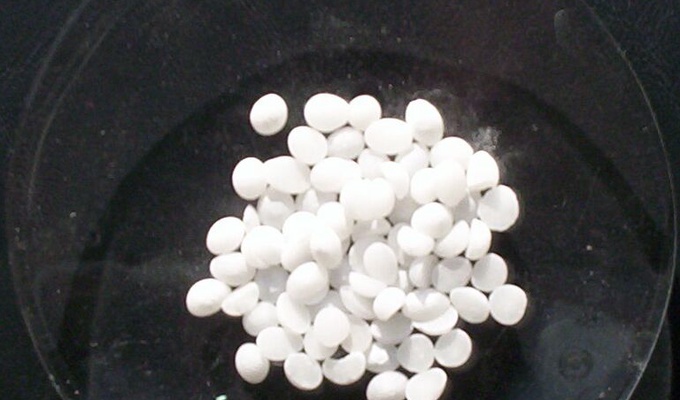Lyes are used to cure many types of food, including the traditional Nordic lutefisk, olives, canned mandarin oranges, hominy, lye rolls, century eggs, pretzels, and bagels. They are also used as a tenderizer in the crust of baked Cantonese moon cakes, in "zongzi", in chewy southern Chinese noodles popular in Hong Kong and southern China, and in Japanese ramen noodles. They are also used in kutsinta, a type of rice cake from the Philippines together with pitsi-pitsî. In Assam, north east India, extensive use is made of a type of lye called khar in Assamese and karwi in Boro which is obtained by filtering the ashes of various banana stems, roots and skin in their cooking and also for curing, as medicine and as a substitute for soap. Lye made out of wood ashes is also used in the nixtamalization process of hominy corn by the tribes of the Eastern Woodlands in North America.
In the United States, food-grade lye must meet the requirements outlined in the Food Chemicals Codex (FCC), as prescribed by the U.S. Food and Drug Administration (FDA). Lower grades of lye that are unsuitable for use in food preparation are commonly used as drain de-cloggers and oven cleaners.(page needed)
